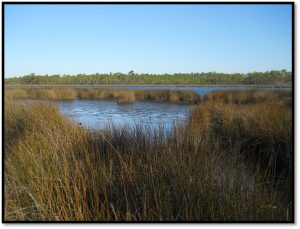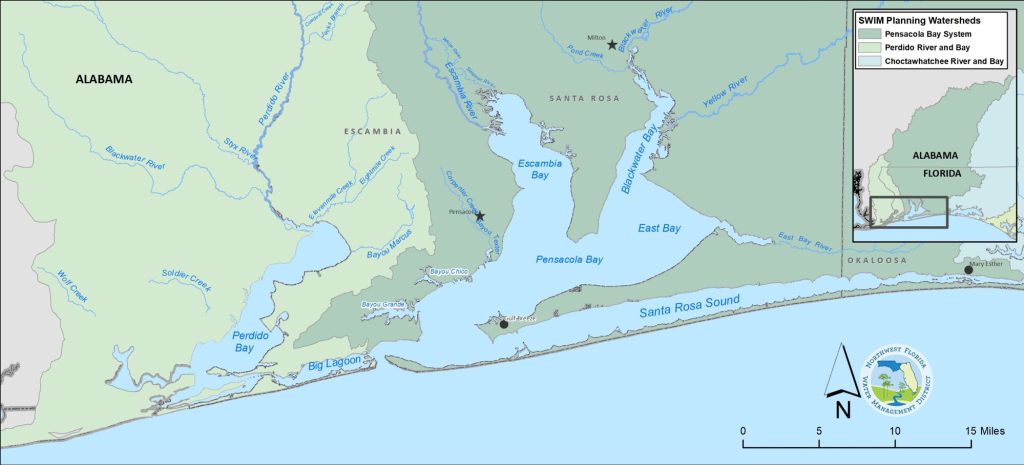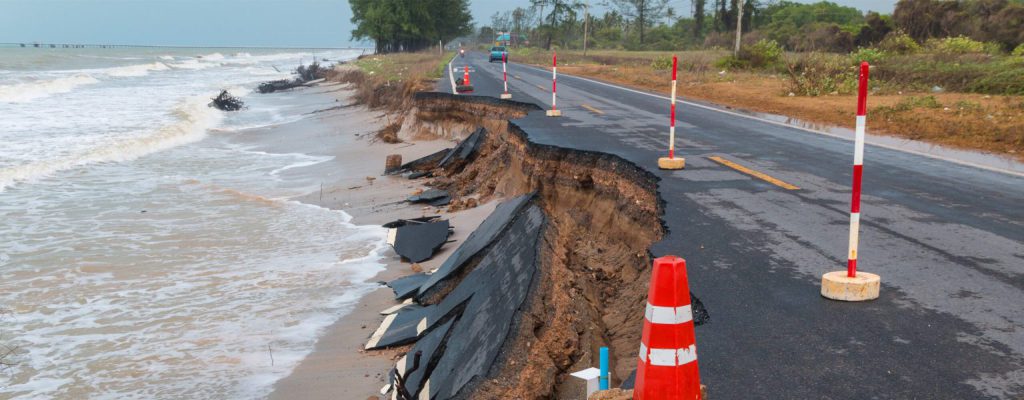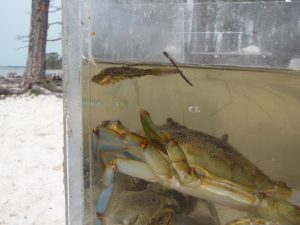
Happy Estuaries Week! Begun in 1988 to educate lawmakers and citizens about the importance of estuaries nationwide, the third week of September celebrates all things estuary.
But what is an estuary, exactly? The most frequently cited description is “where rivers meet the sea”—a place where freshwater inputs blend with saltwater, and the brackish mix of water chemistry combines for a rich ecological soup. I was recently asked for a legal definition of estuaries, and it took more digging than you would think. Based on my research, the Code of Federal Regulations defines estuaries this way: “e) Estuary means that part of a river or stream or other body of water having unimpaired connection with the open sea, where the sea water is measurably diluted with fresh water derived from land drainage. The term also includes estuary-type areas with measurable freshwater influence and having unimpaired connections with the open sea, and estuary-type areas of the Great Lakes and their connecting waters” (see 16 U.S.C. 1453(7), 15 CFR 921.2(e) (under Definitions).
Now you see why we just stick with “where rivers meet the sea.”

Local estuaries include Perdido, Pensacola, Escambia, Blackwater, and East Bays—all natural openings at the mouth of rivers that often start hundreds of miles north of us in Alabama. Along with Santa Rosa Sound, Big Lagoon, and numerous bayous, these estuaries represent rich nursery grounds for commercially important species like blue crabs, mullet, shrimp, oysters, red snapper, and grouper. Fish and invertebrates spend their early days as juveniles here, hiding and feeding amongst the protective seagrasses and salt marshes, in shallower waters out of reach of larger predators. According to the “Restore America’s Estuaries” organization, “over 68% of commercial fish (nationwide) spend some or all of their life in an estuary.”
Besides seafood provision, coastal tourism is a $143 billion industry, and 8 out of the 10 largest American cities are within an important estuary region. The competing interests of human and wildlife populations often complicate this complex relationship, but it is crucial for everyone to understand that estuary health equals human health. These water bodies and the land surrounding and draining into them (the watershed) are our literal homes, too.

Along with human-induced pollution from stormwater, industrial, and agricultural runoff, estuaries are under threat from sea level rise. Higher tides, storm surges, and extreme erosion threaten the stability of bridges, roads, military bases, and low-lying cities like Miami and New Orleans. With Florida once again a huge destination for new residents, freshwater resources will be in higher demand than ever. Larger cities already have restrictions on irrigation use, and areas like Tampa have so much saltwater intrusion in their freshwater wells (a side effect of over pumping and rising sea levels) that they built and manage expensive desalination plants to provide drinking water.

The threats and impacts to estuaries can seem overwhelming, but we are working hard to protect them. With your help, we can restore our estuaries to their ideal conditions—healthy seagrass and oyster beds, well-managed fish populations, and rich coastal wetlands that help buffer impacts from coastal storms.
This week is full of lots of ways to celebrate, interact with, and learn about our local estuaries. The staff of the Pensacola and Perdido Bays Estuary Program (PPBEP) have organized several public events, including tonight’s Community Grant Symposium, where you can learn about scientific research and education efforts recently funded and completed in the area. These projects have direct impacts on the health of our water bodies. For the remainder of the week, you can participate in “Brews for the Bays,” an estuary-themed brewery trail featuring locally developed beers. A local designer is selling estuary-themed jewelry, with proceeds going back to local watershed improvement efforts (stocks will be resupplied on Friday!) And this weekend, you can celebrate (and get a taste of) our estuaries at the annual Pensacola Seafood Festival in downtown Pensacola.
 0
0
